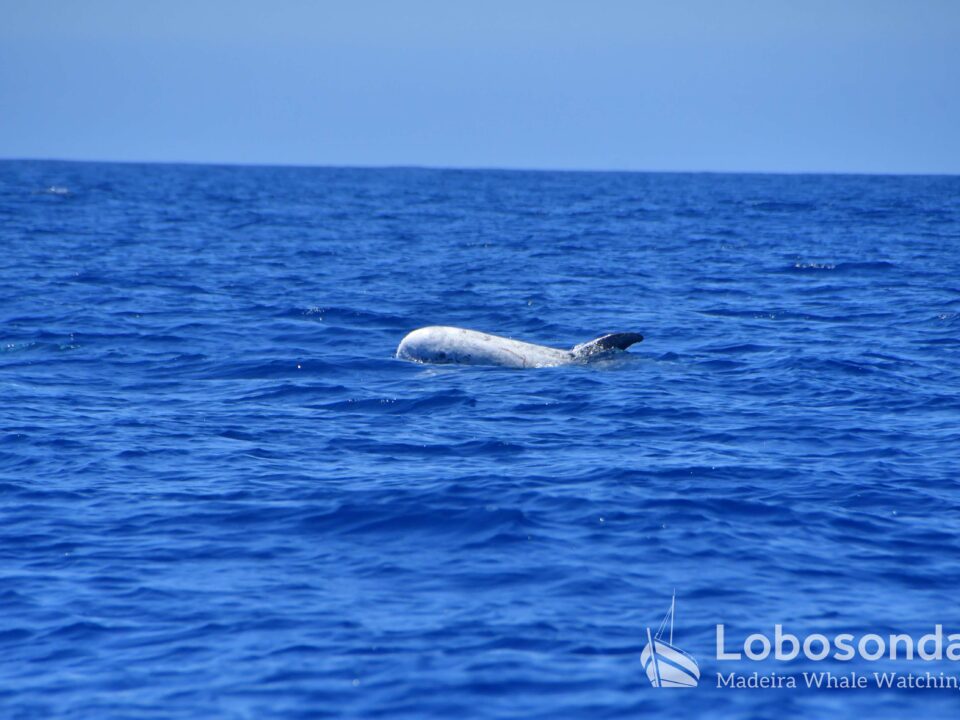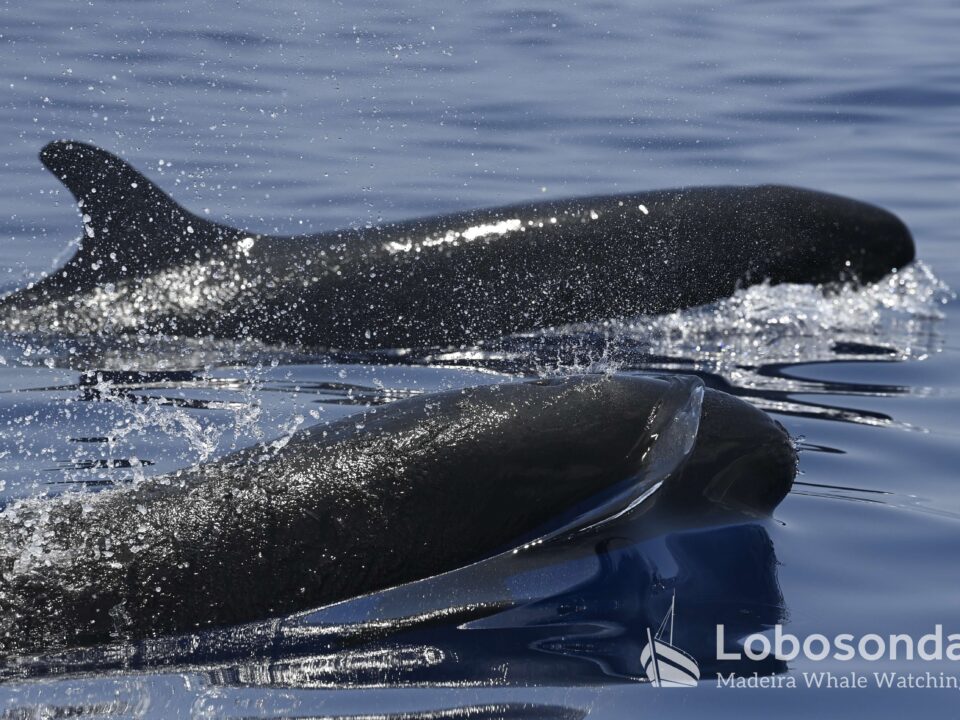4.12.2013 – DOLPHINS AND SHARKS
December 4, 20136.12.2013 – FOR NICOLAUS A BLUE COVE
December 6, 2013Haie
Immer wieder fragen uns die Gäste: „Gibt es hier eigentlich Haie?“ Ja, die gibt es, verschiedenste Arten sogar. Doch wenn wir sie mal in die Nähe unserer Boote sehen, sind diese scheuen Tiere schnell wieder weg.
Im Thema über die Peru-Delfine ging es auch um Haie. Heute möchten wir Ihnen den Schutz dieser Meeresbewohner nahe legen. Wussten Sie, dass Zweidrittel aller Haiarten auf der roten Liste stehen?
Haie werden durch Dynamitfischerei gefangen und enden an Langleinen (gezielt gejagt oder einfach als Beifang). Doch die wohl schrecklichste Weise für sie zu sterben ist das „Finning“. Bei dieser grausamen Tierquälerei wird den gefangenen Haien die Rückenflosse abgetrennt und das Tier wird lebendig im Meer „entsorgt“. Da der Hai nun schwimmunfähig ist, verblutet am Meeresgrund oder erstickt qualvoll. Auf dem asiatischen Markt sind diese Rückenflossen für die Suppe oder Medizin sehr begehrt.
Mehr Informationen bei Sharkproject, Globalmagazin, Stop-Finning, Fischen-tut-weh, Greenpeace oder WWF
Filmtipp zum Thema Haie: „Im Einsatz für Haie“ – Tierschützer Hannes Jaenicke setzt sich ein
Petitionen bei Prowildlife and Sharkproject
Sharks
Our guest often ask „Do you have sharks here?“ Yes, we do have a big variety of sharks! Somethimes they show up close to our boats but they disapear quickly because they are very shy. The issue with the peruvian dolphins also involve sharks, they get killed brutaly for shark fin soups. Today we would like you to help protecting the sharks. Do you know that two thirds of all shark species are already marked on the red list? Meaning that they are in real danger.
Sharks are catched by dynamite fishery or they get caught on long lines as a bonus, just beacuse… But „finning“ is the most brutal way of killing these animals, its a painfull death. During this cruelty the fishermen cut the fin and dispose the alive animal in the ocean. The shark, now incapable to swim, sinks to the ground and suffocate or bleed to death. The finns are very popular on the asian market. They are used for soup or medicine.
More information on Sharkproject web site and petition here by Change or Stopsharkfinning or Thepetitionsite
Tubarões
Muitas vezes questionam nos se por cá existem tubarões, a resposta é sim! Aqui temos uma grande variedade de tubarões, por vezes conseguimos avista-los dos nossos barcos, mas são animais muito recatados e depressa afastam se. O problema com os golfinhos no Peru inclui também os tubarões, pois estes são brutalmente mortos para as suas barbatanas servirem de sopa. Hoje gostaríamos que nos ajudasse a proteger estes animais. Sabia que dois terços das espécies de tubarões já se encontram na lista vermelha? Isto significa que já uma grande quantidade de espécies está em sério perigo.
Os tubarões são “pescados” com dinamite ou então apanhados em longas linhas como um bônus, só porque tem piada. Mas a maneira mais brutal de matar estes bichos chama se “finning” e consiste em cortar a barbatana ao tubarão e depois larga-lo na agua, onde o animal indefeso acaba por morrer porque não se consegue movimentar (com a falta das barbatanas) e afunda se e sufoca, ou então morre esvaindo se em sangue. As barbatanas são muito populares na Ásia para sopa ou mesinhas caseiras.
Para mais informação consulte Sharkproject web site e para assinar petições consulte Change ou Stopsharkfinning ou Thepetitionsite




